
Tag: netflix

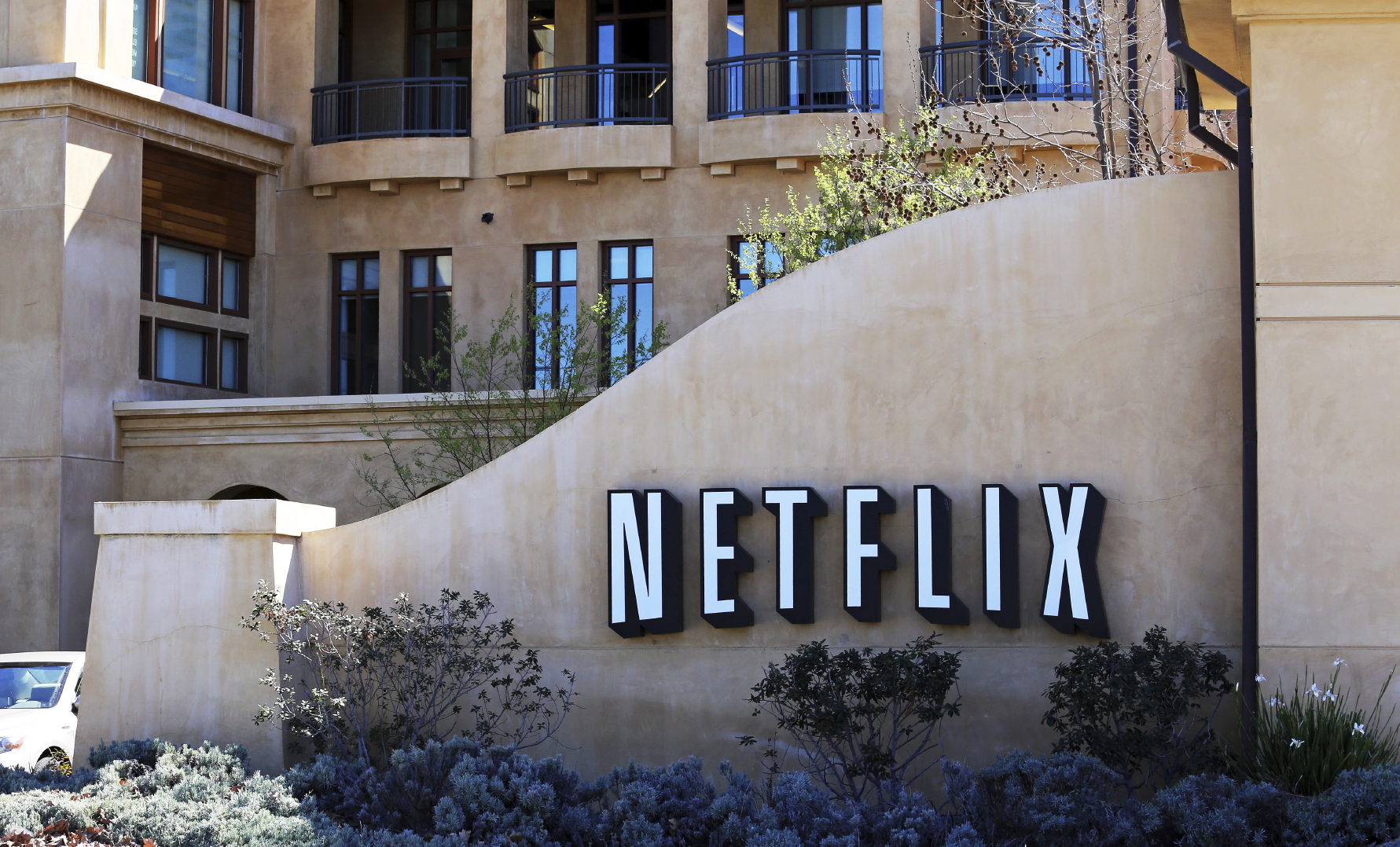
Netflix Inks Licensing Deal With iQiyi, One Of China’s Top Streaming Services
What Happened
Netflix announced on Tuesday that it has signed a content licensing deal with IQiyi, one of China’s biggest OTT streaming services and a subsidiary of the country’s search giant Baidu. Details of the agreement are still scarce at the moment, but it seems most likely that Netflix’s original content will be able to get into the Chinese market as a result.
This announcement practically indicates that Netflix has officially given up on entering the Chinese market directly as a service provider. This deal will allow it to bypass China’s regulatory roadblocks while also allow it to open up a new revenue stream. It is worth noting that iQiyi itself is in the midst of transitioning from an ad-supported video platform to a subscription model similar to Netflix.
What Brands Need To Know
The open nature of the internet has made it possible for content platforms to reach customers across national borders, and the proliferation of smartphones has granted internet access for more customers than broadband ever did. These new digital mega channels, led by Netflix, the self-proclaimed first global TV network, reflect an increasingly globally homogenizing consumer culture and interconnected communities.
This allows brands to reach customers across the globe that have more in common in terms of their interests and media habits than their geography. Although Netflix is an ad-free subscription service, it does allow product placement in its original shows such as House of Cards. Plus, there are several other smaller yet global-reaching platforms such as musical.ly and Twitch that are much more open to brands.
For more in-depth analysis how brands can leverage global mega-channels and niche micro-channels to effectively reach key audiences, check out the Global Culture section of our Outlook 2017.
Source: The Hollywood Reporter
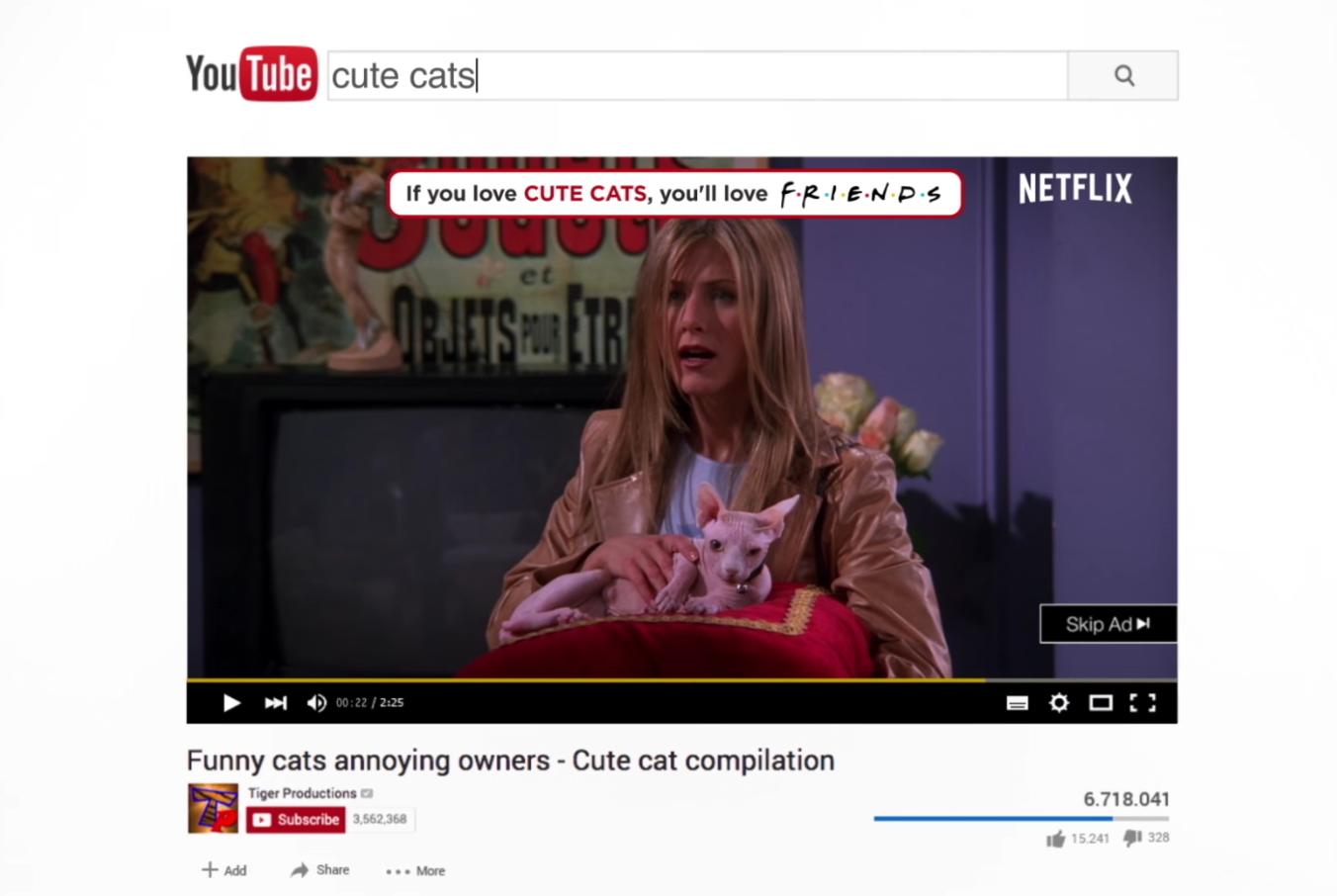
How Netflix Uses Contextual Ads To Promote “Friends”
What Happened
Netflix has launched a YouTube pre-roll campaign in France to promote the debut of the classic sitcom Friends on its service. Working with Ogilvy Paris, Netflix tagged some of the top-searched videos on YouTube and created pre-roll spots from Friends footage that are contextually relevant to the content that YouTube viewers are about to watch. For example, viewers set to watch a makeup tutorial would see a pre-roll ad with Joey’s Japanese makeup while those searching for cat videos will see a clip featuring Rachel’s hairless cat.
What Brands Need To Do
Earlier this month, the Lab’s research team partnered with Zefr for a joint study on the effectiveness of running video ads alongside contextually relevant content on YouTube, which found that contextually relevant ads can improve the ad experience and drive as much as 63% higher purchase intent (read the full report here). This clever pre-roll campaign from Netflix is tapping into the power of contextual relevance we explained and quantified in the study. More brands should consider improving their video ad effectiveness by tailoring their ads to the contexts with which they are served.
Source: AdWeek
Header image courtesy of Ogilvy Paris’s YouTube
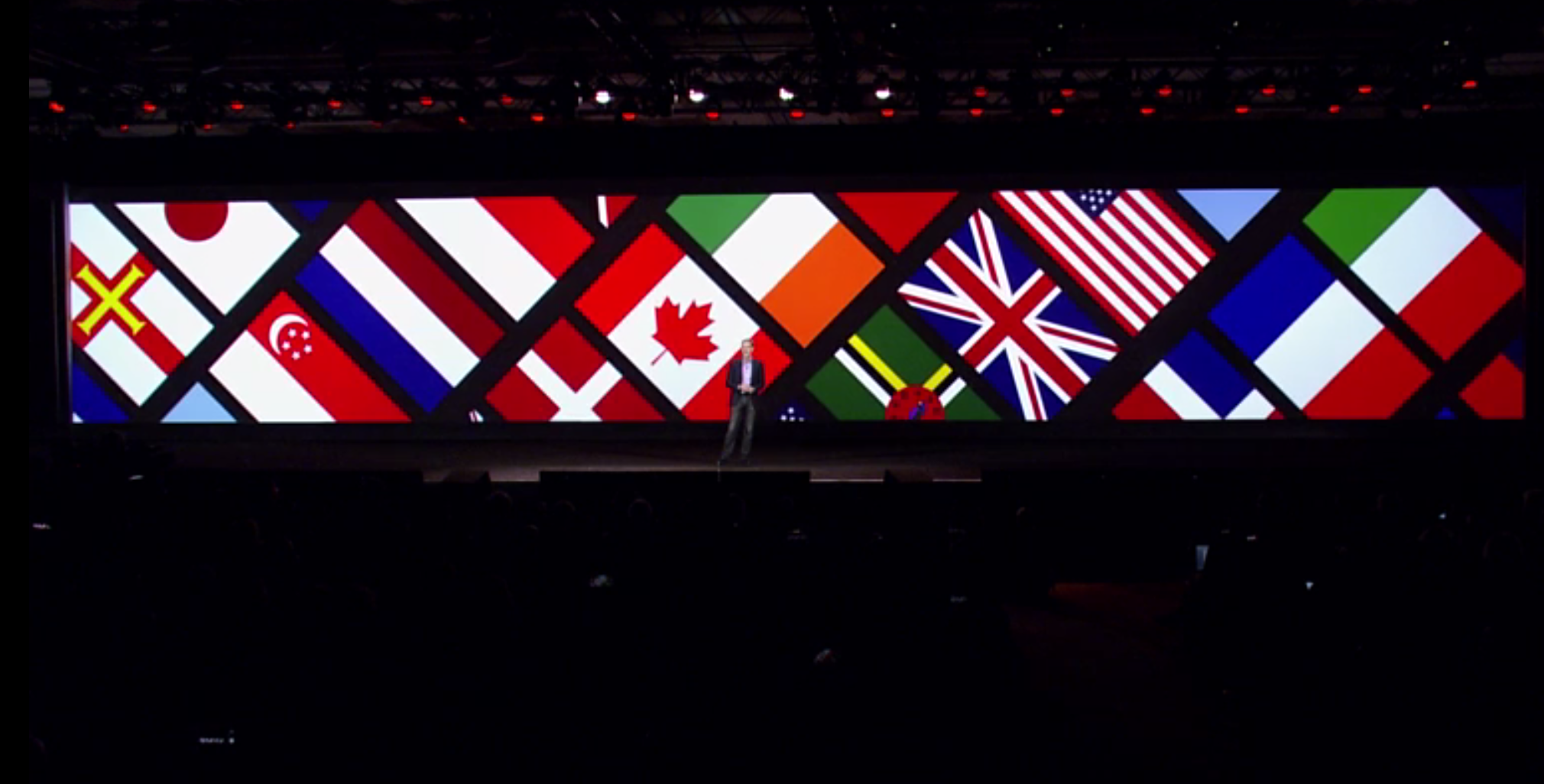
CES 2016: Netflix Goes Truly Global, Adds 130 New Countries
The lab attended the opening keynote of CES 2016 featuring Netflix co-founder Reed Hastings, who announced near the end of his presentation that this morning Netflix launched in 130 new global markets, including some major ones such as India and Russia. With this radical expansion, Netflix’s service is now available in almost every country in the world, with only China as a conspicuous hold-out.
Reports have also noted that Netflix has stricken a partnership with South Korea-based TV manufacturer LG to include its subscription as a prepaid service in LG’s new smart TVs, as part of Netflix’s global expansion plan. But there was curiously no mention of this partnership during the keynote presentation. Mr. Hastings also shared a few first-look trailers for some of its upcoming new series, including Baz Luhrmann’s hip hop musical The Get Down and new British royal drama The Crown, which focuses on the early life of Queen Elizabeth.
During the keynote, Reed Hastings proudly recapped Netflix’s rapid development into today’s leading OTT content provider, citing stats such as 70 million household users clocking up a total of 42.5 billion viewing hours for 2015. As a streaming services, Netflix’s “all-episodes-at-once” approach gives viewers more control in their content consumption and ushered in a new on-demand “binge-watching” era. TV is now no longer linear and restricted to a programming grid, but instead full of choices and quality content free to be consumed on any devices. In this new era of Internet TV, brands needs to start figuring out new ways to reach today’s audiences, especially with product placement or sponsorships in ad-free environments like Netflix.
For more of the Lab’s CES coverage, click here.

Netflix Partners With SoftBank For Japanese Launch
What Happened
Netflix has scored a major partnership with telecom giant SoftBank in preparation of its impending entry into the Japanese market. With this partnership, SoftBank will offer Netflix subscription via the stores and digital outlets it owns, with the monthly fee conveniently included in its mobile carrier bill. Moreover, Netflix’s mobile app will be pre-installed on SoftBank phones, which is a noteworthy move for the OTT content service as it starts to pay attention to mobile streaming.
What Brands Should Do
For brands seeking global expansion, partnering up with a local industry leader is often a good approach. Last year, Uber partnered with Chinese search giant Baidu to better compete with the local ride-hailing apps. In addition, we are seeing more and more digital content companies and telecom companies teaming up for expanding reach, reducing payment friction, and better monetization opportunities, such as Hulu’s recent partnerships with Cablevision and AT&T. And brands of all types need to be mindful of the changing media landscape and adjust media strategy accordingly.
Source: VentureBeat

Why Netflix Is Having Such A Good Year… For Now
Netflix seems to be having a very good year so far. In an earnings call earlier today, the company reported that it has added more subscribers than expected around the world during its most recent quarter, generating more than $1.6 billion in revenue. The better-than-expected performance propelled the stock share of the streaming service giant to increase 10%.
Already bigger than all cable channels, analysts predicted that by next year Netflix U.S. viewing will surpass all big four broadcasting networks. In a letter to its shareholders, Netflix highlighted its slew of original shows launched this year as a major factor for its accelerated growth, citing that “90% of Netflix subscribers have engaged with original content.”
Meanwhile, in other good news, the 2015 Emmy Nominations were announced this morning, and Netflix’s original shows scored 34 nominations in total, up from 31 last year. OTT streaming services have been steadily encroaching on TV networks in attention and awards, a trend that this year’s nominations reflects.
Despite the double good news, however, Netflix does have a potential issue in the fact that it doesn’t actually own any of its originals. Its hit series Orange is the New Black, for example, is produced and owned by Lionsgate Television, while its Emmy-nominated freshman series Unbreakable Kimmy Schmidt comes from Universal Studios. In comparison, rival Amazon’s critical darling Transparent is produced by its in-house Amazon Studios.
Acquiring content from outside studios is a smart and cost-effective move for a new platform seeking content, but if web-based TV continues to grow in prominence, Netflix could very well lost their original shows to growing rival platforms. In order to avoid losing the brand value it has built upon its original content, Netflix will probably need to bring more production in-house in the future.

On Trend: TV Streaming Market Continues To Expand And Fragment
Three significant new developments emerged in the OTT market this past week as the TV landscape continues to evolve.
- Sling TV is coming to Android TV after Dish Network struck a deal with Google. As part of the agreement, Sling TV will offer new customers 50% off Nexus Player devices when they pre-pay for three months’ subscription.
- Netflix confirmed a new user interface on the web is rolling out next month. The new UI is said to be closer to what Netflix has been offering on mobile devices, which eliminates the slow scrolling carousels for content discovery in favor of larger, expandable thumbnails.
- Meanwhile, Comcast finally added support for HBO GO And Showtime Anytime for its Xfinity customers, after purposefully blocking the two premium channel’s streaming apps for years. However, the unlocked services will only work on Amazon’s Fire TV devices for now.
Taken together, these three news items not only prove the fragmenting effect OTT services have on the traditional sector of the TV business, but also points to the complexity within its own ecosystem. As TV content continues to move away from cable companies’ control towards web-based streaming services, brands would be wise to follow where the eyeballs are going.
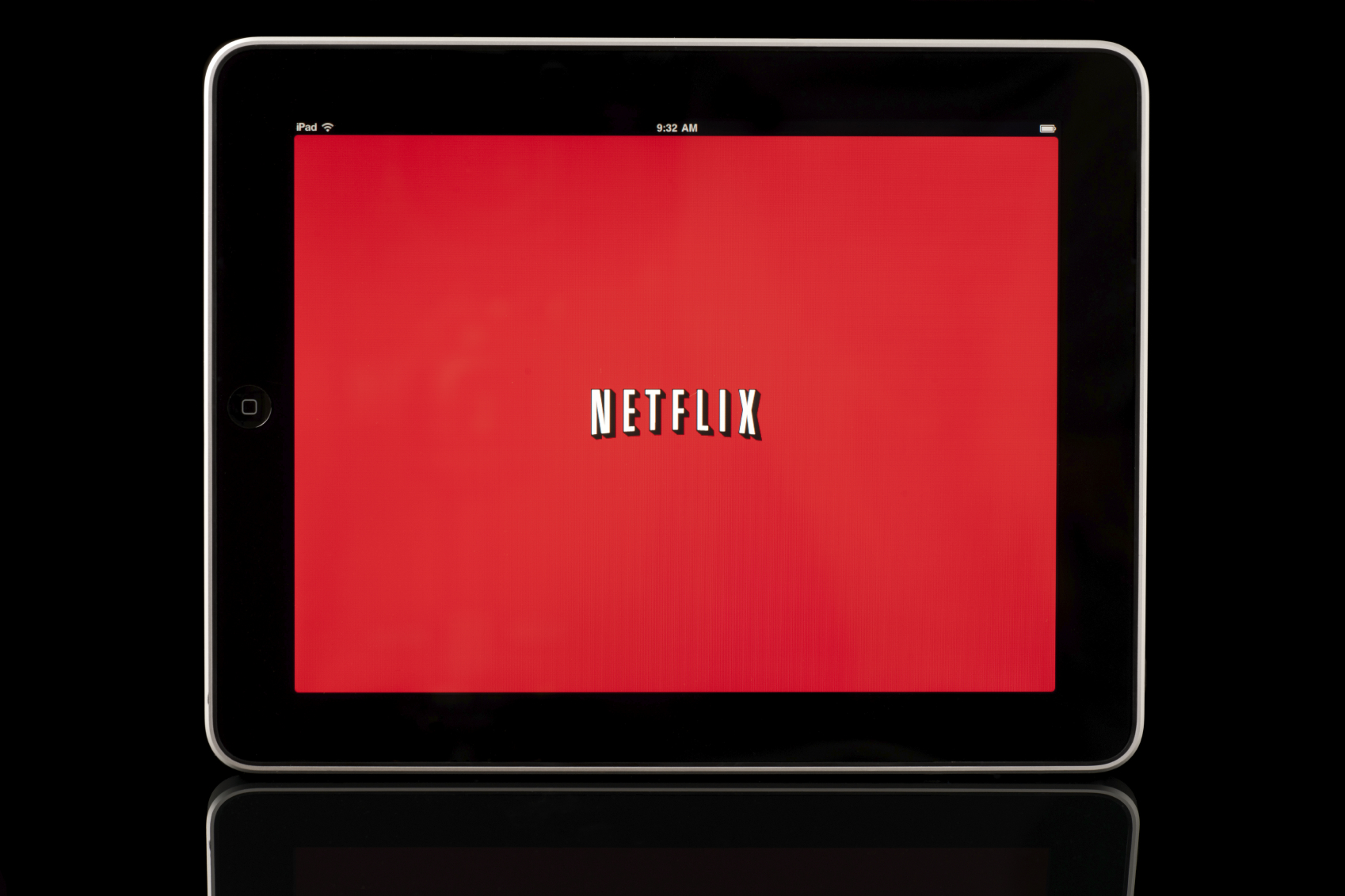
The Future Of TV, According To Netflix CEO Reed Hastings
Read original story on: Quartz
Reed Hastings, co-founder and CEO of Netflix, delivered a rousing speech at the 2015 Re:publica Media Convention in Berlin last week, boldly predicting that “Internet TV will replace linear TV in the next 20 years”. Below are some of the highlights from his speech, which you can watch in its entirety here.
Original Content As The Main Draw
As Netflix aims to launch in every country by the end of the 2016, the OTT service will amplify its current strategy of producing a diverse variety of original content, especially the ones with cross-culture appeal such as Marco Polo and Daredevil, in order to conquer the global markets.
Open To Experimenting With New Formats
Hastings also mentioned Netflix’s willingness to experiment with new video formats, including unconventional episode lengths, second-screen interactivity, and even integrating virtual reality, so as to differentiate itself from the conventional content providers.
Future TV Sets To Look Like Giant iPads
Fully invested in the potential of streaming-based TV, Hastings envisioned standard TV sets in the near future to be glass-panelled displays wirelessly connected to the Internet, just “like a large iPad,” with an array of apps.
Sports Will Be Watched By The League In 4K HD
While he acknowledged that sports would not be on Netflix’s radar for the foreseeable future, Hastings boldly predicted that future sports programs will be streamed with a league-based subscription model, instead of the network-based model that currently dominates the industry. He also believes that the recent rise of 4K ultra-high definition video will help push more sports programming to the OTT TV.
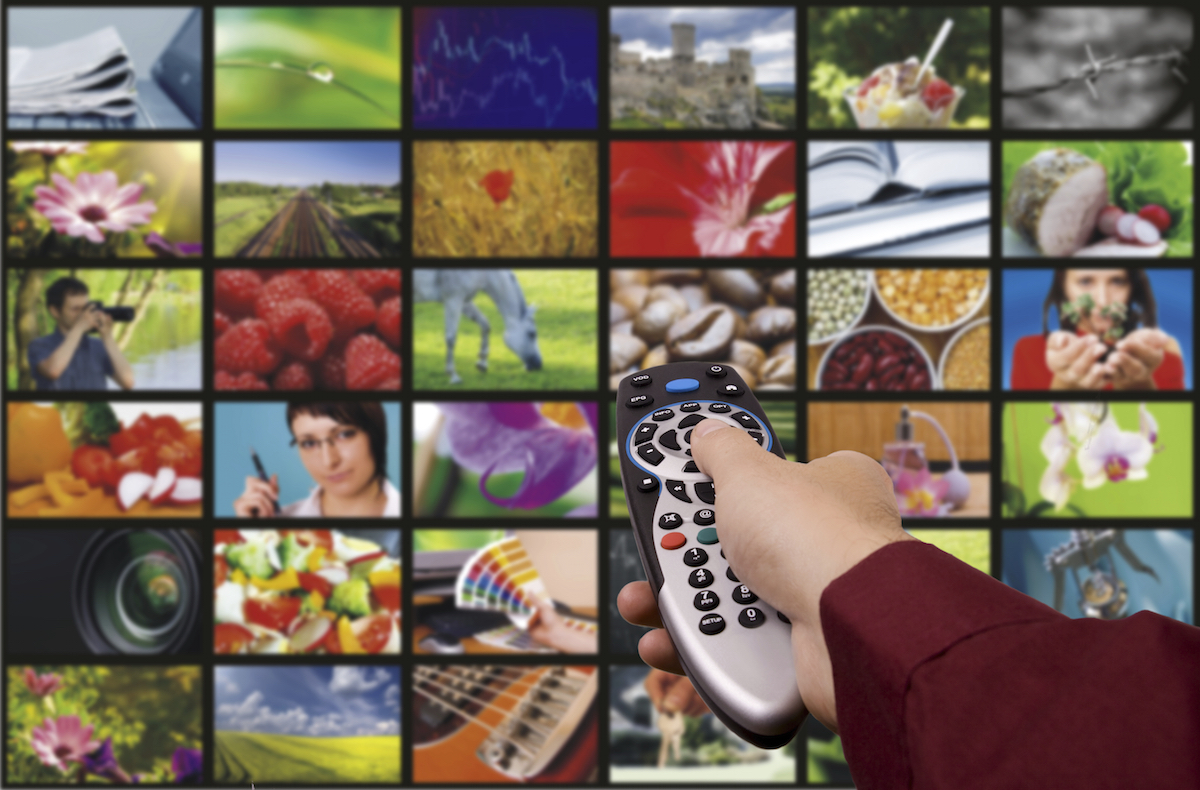
On Trend: Is 4K Content The Future Of TV Streaming?
After years of buzz, we are finally seeing some major leaps in streaming video quality. The Ultra-HD TV from Samsung stunned the crowd at CES 2014, and Netflix started its push for 4K content in last October, for good reason: not only does 4K content mean a higher subscription fee, Netflix also leveraged it to promote its Open Connect Initiative, an effort to partner with ISPs in various operating markets to localize substantial amounts of traffic with open peering.
That said, there are still some legitimate obstacles keeping 4K videos from becoming the norm in over-the-top streaming. Besides the fact that most of TV sets currently in the market have yet to add 4K support, streaming high-definition video to millions of users also poses a complex challenge to the broadband infrastructure. Recent reports claim that the upcoming new Apple TV model will not support 4K video streaming, citing additional production cost and low consumer interest as primary reasons.
While it is easy to see why Apple may choose not to tap into the nascent 4K content market just yet, in the long run, as production cost wanes and internet speed continues to improve, Netflix might just be getting the first-mover advantage as the ultra-sharp new standard of the streaming experience in the near future.
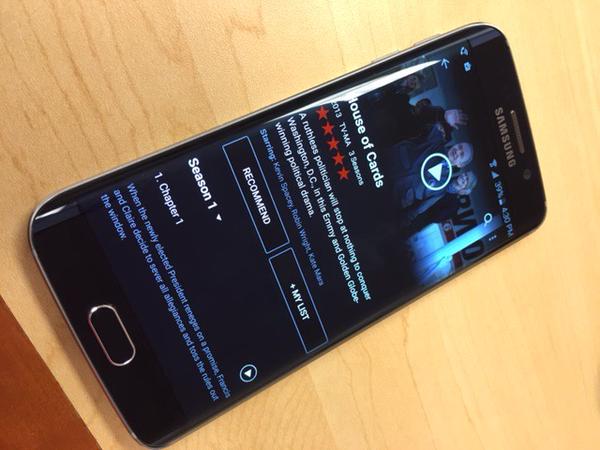
Why T-Mobile Is Giving Out Free Netflix
Read original story on: AdAge
US pre-orders for the new Samsung Galaxy S6 won’t start till tomorrow, but T-Mobile is already trying to sway consumers: CEO John Legere tweeted yesterday that consumers who buy the new Samsung smartphones from T-Mobile will get a free year-long subscription to Netflix. Clearly, encouraging customers to binge-watch is good for T-Mobile’s business, as video eats up far more data than music streaming or web browsing.
Header image taken from @JohnLegere Twitter
